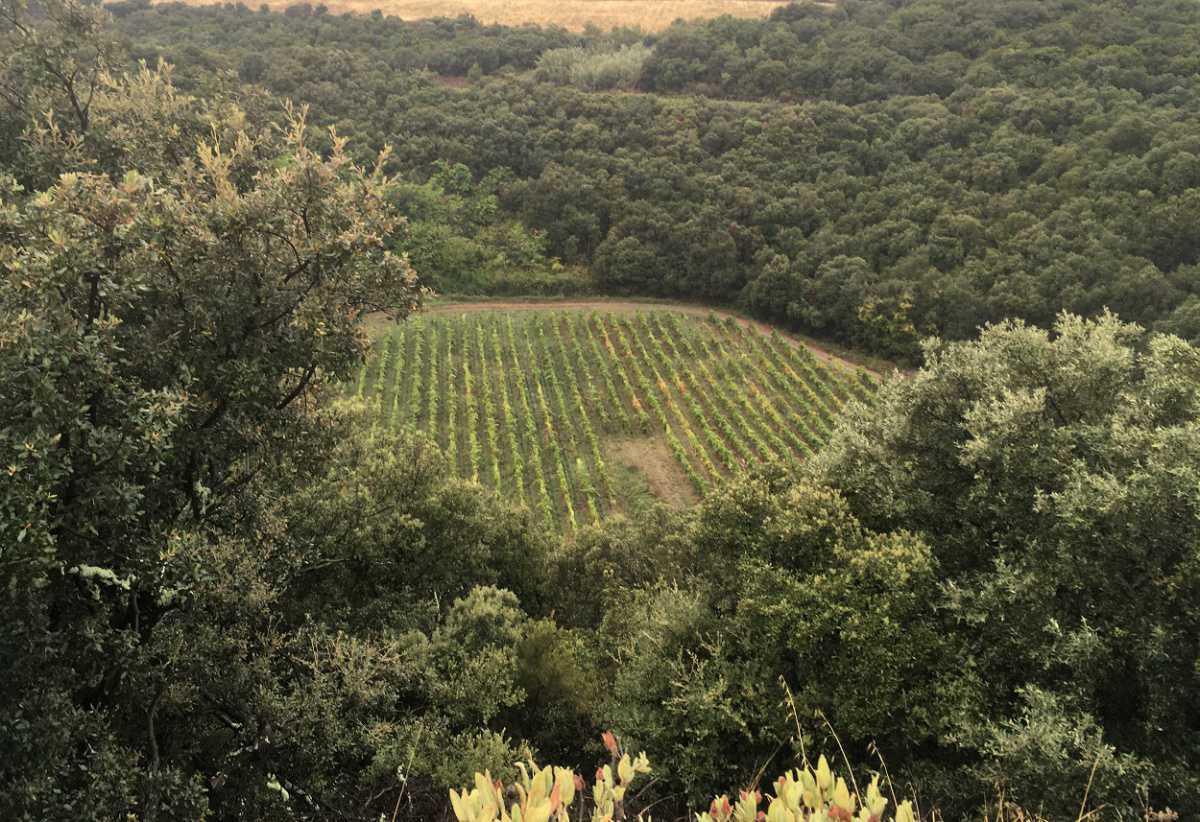Researchers from Goethe University Frankfurt have found a meteorite crater in the grounds of a winery near the town of Béziers in Southern France.
The crater is a round 200-metre-wide depression with a depth of 30 metres, which was formed by the impact of an iron-nickel meteorite.
Impact craters are caused when the planet is struck by solid objects travelling at high velocity, producing shock waves and the compression of material to form a circular crater.
Across the history of our planet, around 190 terrestrial impact craters have been identified (see impact crater map) that still survive the Earth’s geological processes, with the most recent event occurring in 1947 at the Sikhote-Alin Mountains of south-eastern Russia.
The largest of these events occurred at Vredefort in the present-day Free State province of South Africa, where an asteroid thought to have been approximately 10–15 km in diameter impacted the planet during the Paleoproterozoic Era around 2.023 billion years ago.
In the whole of Western Europe, only three impact craters were previously known: Rochechouart in Aquitaine, France, the Nördlinger Ries between the Swabian Alb and the Franconian Jura, and the Steinheim Basin near Heidenheim in Baden-Württemberg (both in Germany).
Rock samples gathered from the crater near Béziers were sent for analysis in the labs at Goethe University Frankfurt. A microanalysis study revealed dark-coloured layers in one of the shists, which might be shock veins produced by the grinding and fracturing of the rock caused by an impact. The analysis also found evidence of breccia; an angular rock debris held together by a kind of “cement” which can also occur during a meteorite impact.
A closer examination of the crater has found that the Earth’s magnetic field is slightly weaker in the crater than in the surrounding area. This is typical for impact craters as the impact shatters or even melts the rock, causing a reduction in the Earth’s magnetic field.
With the help of strong magnets attached to a plate, the researchers also found tiny iron oxide spherules of up to one millimetre in diameter, similar to spherules found in impact craters around the world.
Studies in a laboratory of the spherules showed that they contained nickel-bearing iron and encased a core of minerals typical for the crater environment. In addition, the researchers discovered numerous shock microdiamonds produced through the high pressure during the meteorite’s impact.
Geologist and cosmochemist, Professor Frank Brenker, from Goethe University Frankfurt, said: “Such microspheres form either through abrasion of the meteorite in the atmosphere or only upon impact, when a large part of the iron meteorite melts and then reacts with the oxygen in the air. On impact, material shattered at the point of impact might then also be encased. This, together with the lower magnetic field and the other geological and mineralogical finds, allows us to draw hardly any other conclusion: a meteorite did indeed strike here.”
Goethe-Universität Frankfurt am Main
Header Image Credit : Frank Brenker


